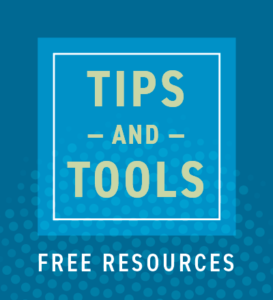- Description
- Specifications
- Contributors
- Support
-
** Note: This book is produced by print-on-demand service and may take 2-4 weeks to ship.
This volume contains the complete teacher’s instructions for conducting the five lab experiments for our advanced physics text, Physics: Modeling Nature. The contents of this book are adapted from our book Favorite Experiments in Physics and Physical Science. Each experiment includes a list of Learning Objectives, Materials List, Experimental Purpose, Scientific Overview, Pre-Lab Discussion Points, Student Instructions, any Safety Concerns, and discussion of the use of any special apparatus.Includes color photos of the experiments being conducted in a classroom setting.
Paperback
ISBN: 9780996677134
Pages: 98
Dimensions: 6.5in x 9.5in
-
John D. Mays, Author

After receiving his BS in Electrical Engineering from Texas A&M University, John D. Mays worked for 14 years as an electrical engineering and engineering manager in the areas of electrical, control, and telecommunications systems. Drawn toward the field of education, John acquired an MEd in Secondary Education from the University of Houston in 1989, and subsequently completed 36 hours of graduate study in Physics at Texas A&M. Shortly after joining the faculty at Regents School of Austin in 1999, John began work on an MLA at St. Edward's University, which he completed in 2003. John served as Math-Science Department Chair at Regents School for nine years and as Director of the Laser Optics Lab for 10 years. He founded Novare Science & Math in 2009 and is the author of numerous science texts and teacher resources. He now works full time as Director of Science Curriculum for Classical Academic Press.
-





